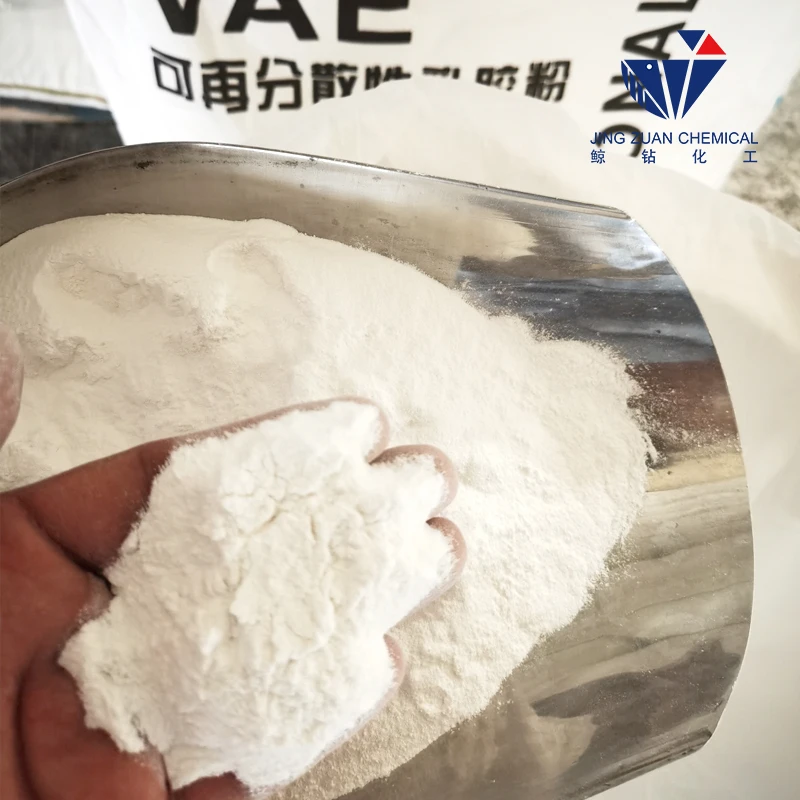
Sep . 13, 2024 14:20 Back to list
cement bonding additive
Understanding Cement Bonding Additives Enhancing Performance and Durability
Cement bonding additives play a crucial role in the construction industry, enhancing the performance and durability of cement-based materials. These additives, often referred to as bonding agents or modifiers, are integrated into cement formulations to improve their adhesive properties, increase workability, and ultimately contribute to the longevity of structures.
One of the primary functions of cement bonding additives is to enhance the adhesion between cement and various substrates. In construction projects, achieving a strong bond between layers is vital to ensure structural integrity. Traditional cement formulations may struggle to adhere effectively to certain surfaces, especially when those surfaces are smooth or contain contaminants such as dust or oil. By incorporating bonding additives, the adhesive properties of cement can be significantly improved, allowing for a more reliable bond.
Moreover, cement bonding additives can facilitate better workability of the mixture. In construction, ease of application is crucial. When an additive is introduced, it can modify the rheological properties of the cement, making it easier to spread, level, and shape without compromising the structural qualities of the mix. This not only speeds up the construction process but also ensures that workers can achieve a more uniform application, reducing the likelihood of weak spots that could lead to future issues.
cement bonding additive

Durability is another significant advantage of using cement bonding additives. Many of these products are designed to enhance resistance to environmental factors such as moisture, temperature fluctuations, and chemical attacks. For instance, in areas prone to freeze-thaw cycles, additives can help prevent cracking and spalling by promoting a more flexible bond that can accommodate movement without failure. Similarly, in locations exposed to harsh chemical environments, bonding additives can enhance the resistance of the concrete to degradation.
Different types of bonding additives offer various benefits tailored to specific needs. Latex-based additives are commonly used due to their exceptional bonding capabilities and flexibility. They can be mixed with cement to create a polymer-modified mortar that is stronger and more resistant to water penetration. On the other hand, silane and siloxane additives are hydrophobic agents that repel moisture, making them ideal for applications requiring water resistance.
In addition to improving performance, cement bonding additives can also contribute to sustainability. By enhancing the effectiveness of cement, these additives can potentially reduce the amount of cement required for a project. Since cement production is a significant source of carbon emissions, using bonding agents to optimize cement use can be an important step towards more sustainable construction practices.
In conclusion, cement bonding additives are essential components in modern construction, providing enhanced adhesion, improved workability, and increased durability. As the industry continues to evolve, the development of innovative bonding agents will likely play a pivotal role in optimizing the performance of cement-based materials. Understanding the benefits and applications of these additives will enable construction professionals to make informed choices that contribute to the longevity and sustainability of their projects. As we embrace these advancements, the future of construction looks not only stronger but also more resilient and eco-friendly.
-
Versatile Hpmc Uses in Different Industries
NewsJun.19,2025
-
Redispersible Powder's Role in Enhancing Durability of Construction Products
NewsJun.19,2025
-
Hydroxyethyl Cellulose Applications Driving Green Industrial Processes
NewsJun.19,2025
-
Exploring Different Redispersible Polymer Powder
NewsJun.19,2025
-
Choosing the Right Mortar Bonding Agent
NewsJun.19,2025
-
Applications and Significance of China Hpmc in Modern Industries
NewsJun.19,2025







